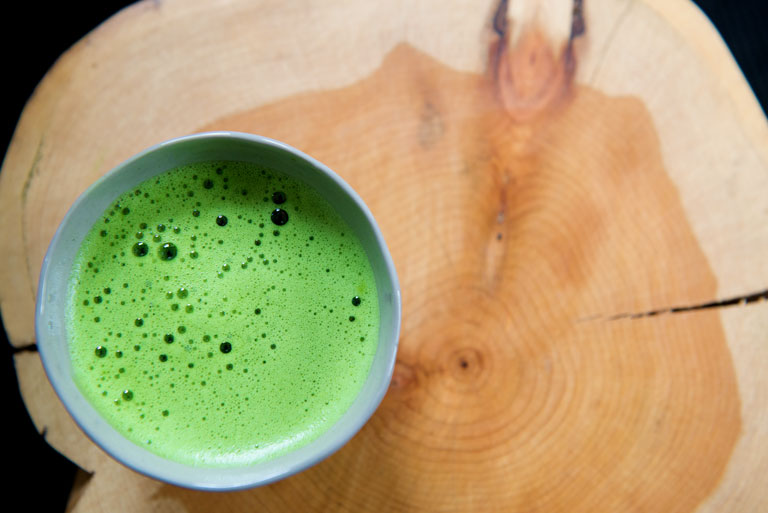COVID 19 update: This was written several years ago, but it's even more relevant now. The info below seems evergreen, no matter what form viruses take.
One of the most severe flu and cold seasons in a decade is causing extended illness for millions of people across the country. It is an especially nasty one. The Center for Disease Control (CDC) estimates that somewhere between 10 and 20 percent of the country (32 - 64 million!) will get the flu each year. Even the healthiest among us are taking extra care with thorough hand-washing and preemptive soup-making.
Yet “real life”unavoidable situations like sticky surfaces (door knobs and kitchen counters), social gatherings, school, work and being in close quarters with someone who is a carrier can, alas, still lead to exposure. If you get the virus, it infects the nose, throat, and trachea, while potentially causing symptoms ranging from fever to muscle pain and exhaustion. Bring on the Kleenex and cozy pants – and call in sick, stat!
Drinking copious amounts of fluids remains an established way to soothe the itchy-scratchy throat and tired aches and pains that will follow. Being sick makes you super-parched, and hot liquids like matcha will help break up the secretions in your nose, throat, and chest. And if you'd rather drink it cold, it will still offer all kinds of support to help you feel better. Upping the ante -- drinking say 5g to 10g of matcha per day -- seems to help when you feel a cold coming on. The copious amounts of polyphenols and catechins, including the almighty EGCG, serve as a more or less instant boost to the immune system. There's evidence to suggest that large doses (up to 8g daily!) can help reduce duration, too.
Creating a daily matcha routine when you're sick is a powerful (and tasty) way to hydrate and fight this season of infections.
A landmark study on green tea, by the University of Shizuoka, demonstrated that green tea’s antiviral and anti-bacterial properties (the ability to resist a virus, and something that destroys or suppresses "bad" bacteria, respectively) essentially work directly to prevent and combat infection.
The tea’s powerhouse catechins come from the inclusion of the entire tea leaves, and have key natural phenols with antioxidant abilities. For our current extreme sniffle season, that means the catechins can go to work at lowering bodily infection.
I also like to bring a few single-serve packets of Coldbrew Original, when traveling. I'll take every offensive move I can when getting on airplanes, with their nasty air bugs that seem endemic to planes and airports. And let's not even talk about all that recycled air, the coziest breeding ground for lingering germs. Drinking matcha up in the sky feels like a pleasant alternative universe amid the realities of travel, which often means being stuck in confined quarters with other fellow frazzled travelers. The tea’s vibrant green color even offers a mandala of sorts, something beautiful to focus on and breathe into as you relax into the flight.
How to matcha while you fly:
Cold: bring your own water bottle on the flight, and request as many fill ups as you need, the attendants will be happy to oblige. Simply add a single-serve packet of matcha to your bottle (after it's been filled up), and shake like a martini.
Hot: when the drink cart comes your way, just ask for a cup hot water. It will likely be the perfect temperature, around 165F/ 74C. Never use water hotter than 170F -- it will scald the delicate matcha. Dedicated matcha drinkers will often bring a travel tool kit (electric foaming wand, sieve, and bamboo scoop) in their carry-on or purse. Super useful for travel! You seatmates will likely be curious. Or possibly alarmed! You could also, if you had to, get by with a spoon.
You'd be in good company though: zen monks in Japan have been slurping matcha for more than a millennium, both for its healthy properties its tastiness,and even the mini-ritual itself. Mostly in temples, though, not in airplanes . . . but don't let that stop you!
And stay not sick, please!
